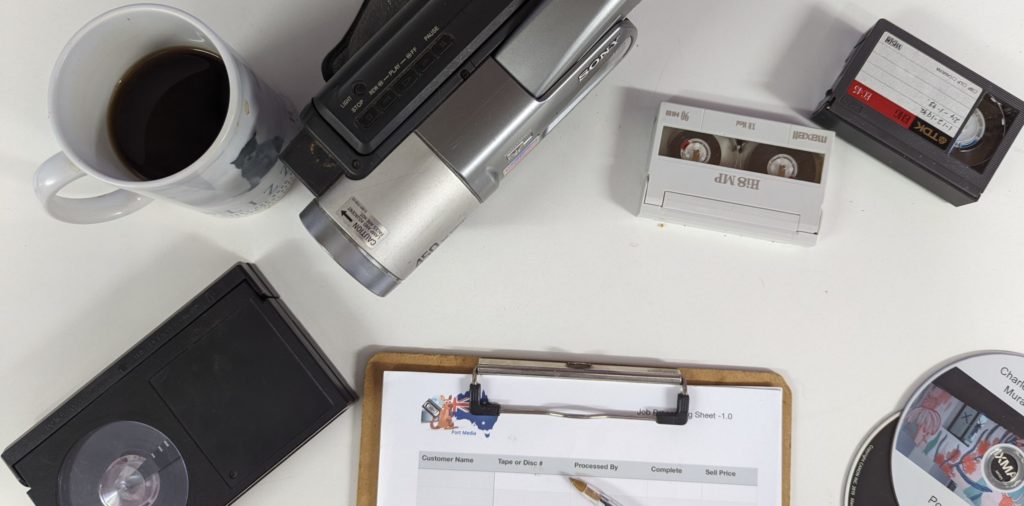The VHS tape was a revolutionary invention that changed the way people watched movies and TV shows. It was the dominant home video format during the 1980s and early 1990s, before being replaced by DVDs and later streaming services. But how did the VHS tape come to be, and what impact did it have on popular culture?
The VHS tape was first introduced in Japan in 1976 by the Victor Company of Japan, better known as JVC. The term “VHS” stands for Video Home System, and the tape was designed as an alternative to the Betamax format, which was developed by Sony. The VHS tape was larger than Betamax, which allowed it to record longer programs and movies. It also had a slower tape speed, which resulted in a lower picture quality, but also made it more affordable to produce.
The VHS tape was introduced to the United States in 1977, and it quickly became a popular format for home video. The tapes were sold in video rental stores, where people could rent movies for a few days at a time. This allowed people to watch movies in the comfort of their own homes, without having to pay for expensive movie tickets or deal with noisy crowds.
The popularity of VHS tapes led to the creation of a new industry: the home video market. Movie studios began releasing their films on VHS, which allowed them to make even more money from their productions. The home video market also gave rise to a new breed of filmmakers, who could now produce movies without having to worry about finding a distributor or securing a theatrical release.
The VHS tape also had a significant impact on popular culture. It allowed people to watch movies and TV shows whenever they wanted, which led to a rise in binge-watching and changed the way people consumed media. It also allowed people to discover obscure or hard-to-find movies, which led to a renewed interest in classic films and cult favorites.
The VHS tape remained the dominant home video format until the introduction of DVDs in the late 1990s. DVDs offered better picture and sound quality, as well as additional features like bonus content and multiple language tracks. The rise of streaming services like Netflix and Hulu in the 2000s further diminished the popularity of physical media, but the impact of the VHS tape is still felt today.
In conclusion, the VHS tape was a revolutionary invention that changed the way people watched movies and TV shows. It introduced the world to the home video market and had a significant impact on popular culture. While the VHS tape may no longer be the dominant format for home video, its legacy lives on in the way we consume media today.

